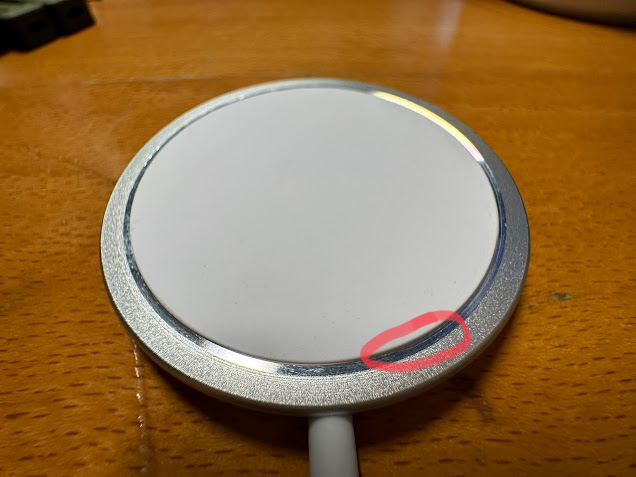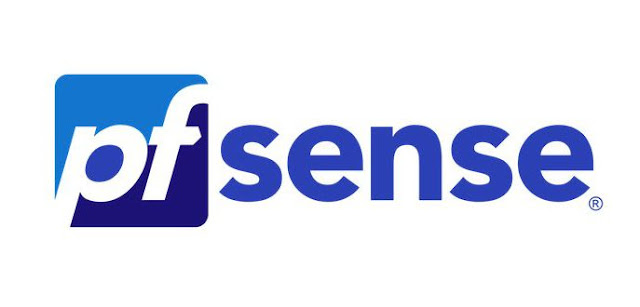Identifying Fake Apple MagSafe Chargers

I recently bought an Apple MagSafe charger and it seems like I was really lucky getting a genuine Apple product - while not paying the full retail price but ordering it from an online store. A few weeks later I felt like I need more of these chargers, because you can do convenient things with them. So I went back online and checked for some low prices and ordered one, but this is what I received: The most obvious difference is the inner chamfer, it is way too big. Also the inner white part is wavy and lower than the outer ring, which leads to scratching the backside of the iPhone. The laser markings are larger and not as precise as the original one and the wheels are missing at the trashcan. Here you can even see that the text is not lasered in a straight line. Trash was shipped back to the seller. Next attempt: This one was even worse: The carton on the bottom was not glued and the inner packing was far from the original Again, trash was sent back to the seller. Attempt #3: The p...





